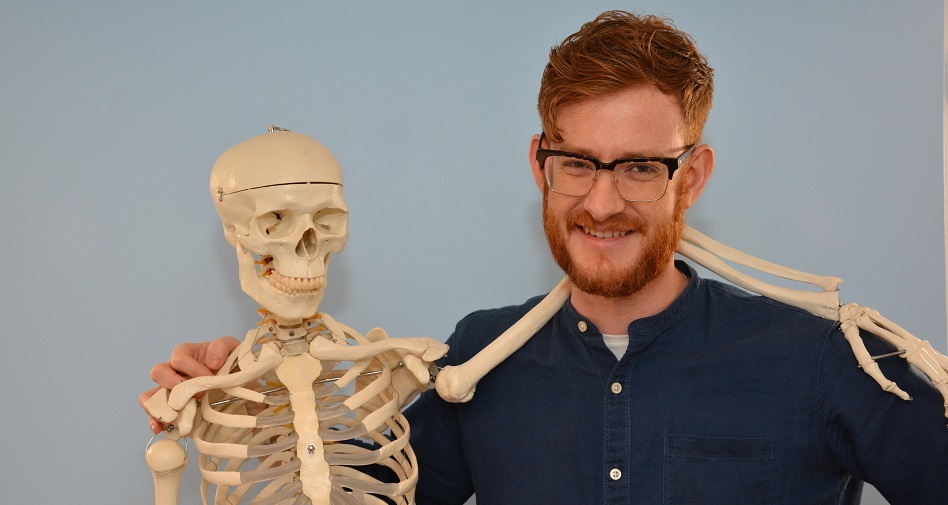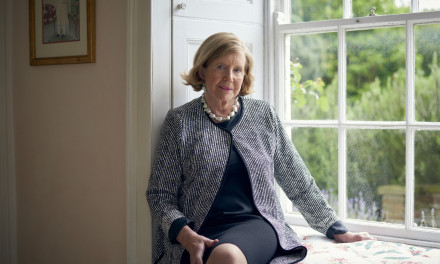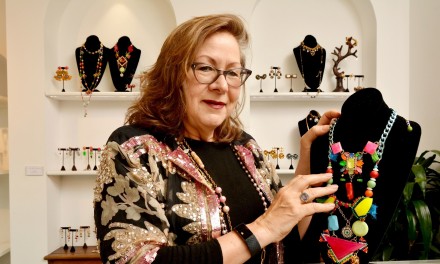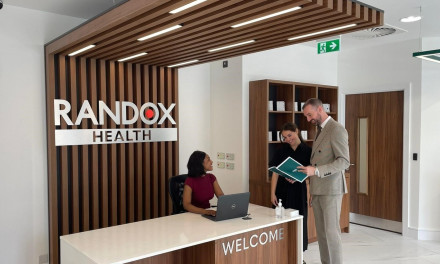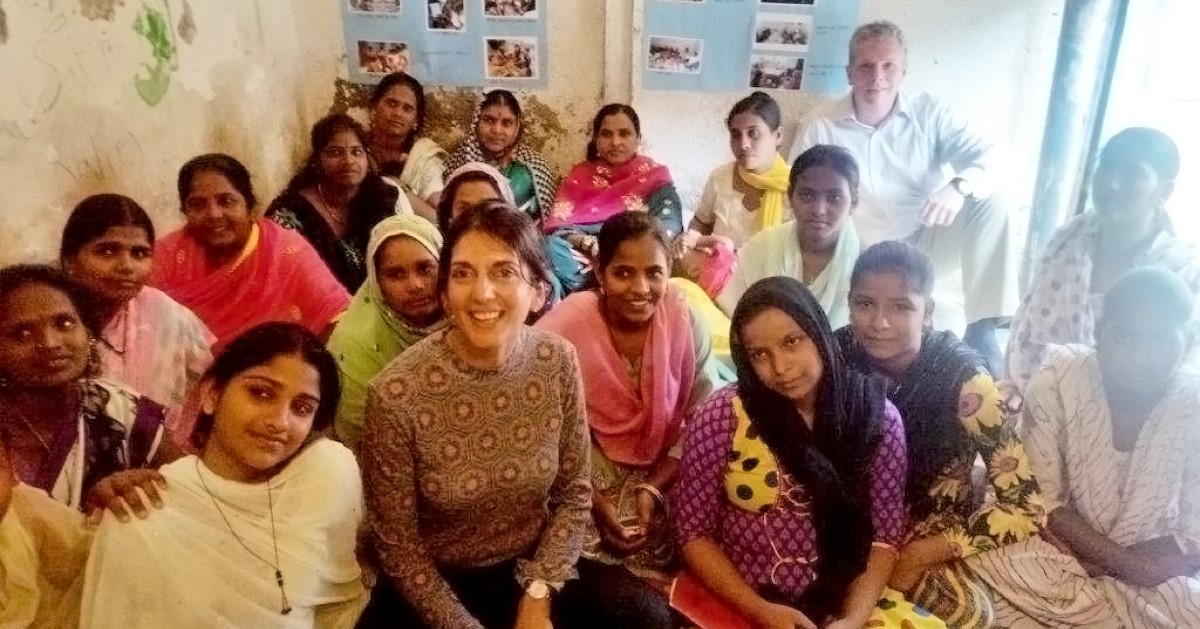Bad back? Sore neck? Sophia Charalambous sits down with Duncan Webster, principal osteopath at Pimlico Osteopathy, to talk all things musculoskeletal.
How does osteopathy differ from other manual therapy?
“Practically thinking, the physiotherapist can click stuff, a chiropractor can do gentle mobilisation, and osteopaths can use strength exercises.
“But if you’ve been to one osteopath they’re not necessarily the same as others.
“In my clinic there are specialists in women’s health, paediatric osteopathy and sports.
“I can do visceral osteopathy, which is waggling around your organs. Sometimes it seems like I’ve had good effects on people with constipation or reflux – any issue where the muscle of the stomach is tight, you can stretch it. If they change their diet alongside, it can reverse symptoms.”
Top tips for office workers?
“Office chairs tend to slope backwards so as you sit on it, it curls you backwards into a snail position.
“I’m trying to get people to either have a chair that tilts down a little bit or to perch on the edge and then you can be a bit upright.
“Shoulder rolls are a good exercise – think about drawing a square with your shoulders rather than a diamond – because otherwise you will miss parts. A couple of times a day.
“Another one is to lie down on your back with arms out at a right angle and let your hands fall.”
What is the cracking noise about?
“The cracking stuff is somewhat disappointing because you want it to be bones bashing together and it just isn’t.
“It is what happens when you put a little bit of tension into a joint capsule. Pressure changes, gas comes out of suspension, forms a bubble and pops.
“It provides a quick neurological shock making all the muscles temporarily relax a little bit and switches off some of the pain amplification.
“The problem is if you go back to curling up, everything goes back as it was. If you use that period to be a bit freer then you’ll keep it. Clicking is rarely a magic solution.”
Who needs a treatment?
“Hopefully you can help yourself, but very few have time for that or know how to do it.
“What we like is for people to come for an acute problem, which normally needs three treatments.
“At the end it might be more; there are some things that do take time.”

